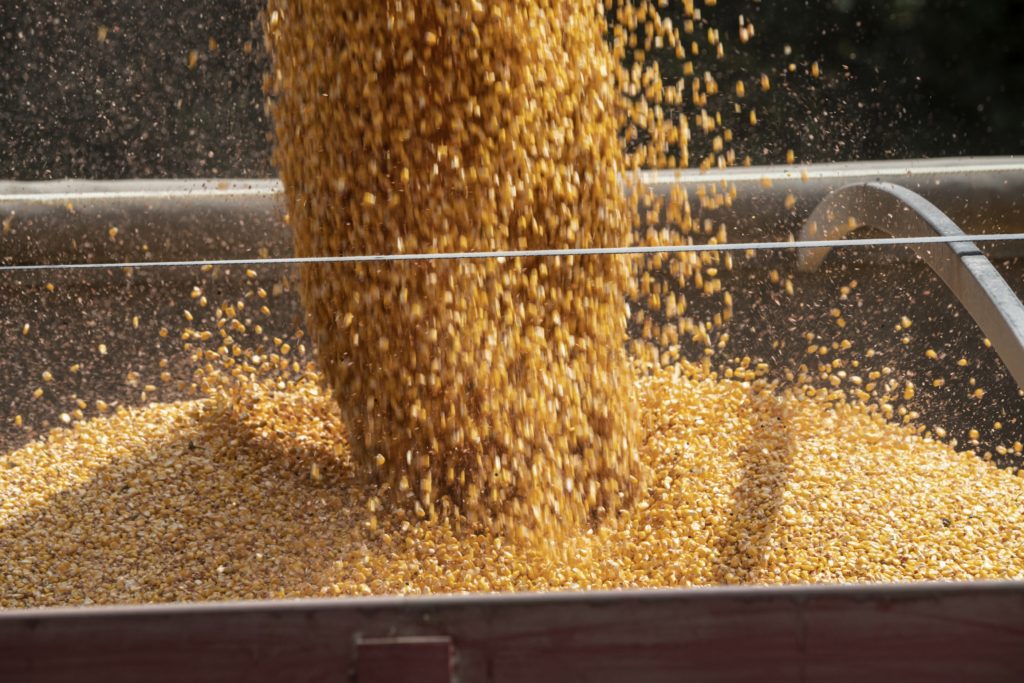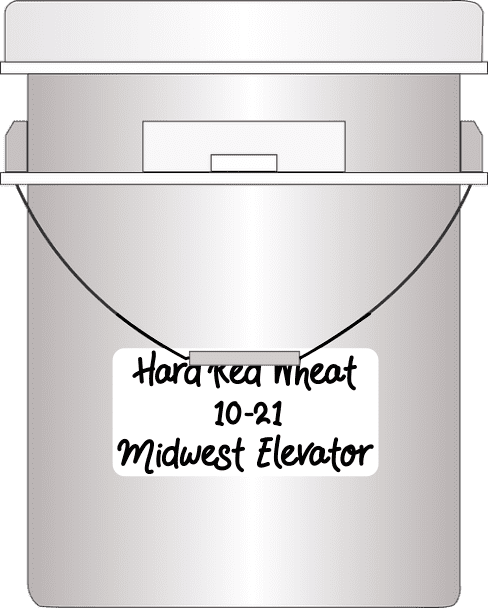

If you're working on long-term food storage, something that will feed your family for a year or more, you'll want foods that will store for a long time and provide maximum nutrition for minimum price. That's why grains and legumes are the cornerstone of any good long-term food storage plan. Done properly, grains and legumes can be stored for as long as 30 years.
Now is the time to buy
During the fall months, as the harvest is being brought in, prices are at their lowest. These foods are direct from the farmer’s fields, so they are at their peak freshness. Take advantage of these lower prices and stock up with as much as you can afford.
For a family of four, you should get about 1300 pounds of grains; wheat, corn, barley, oats etc., and about 200-300 pounds of legumes; beans, lentils, dry peas etc. A year's supply of these foods will cost between $800 and $1300, depending on the varieties you get. That may seem like a lot of money. But think about it: This is almost all of the food you will need to keep your family well-fed for an entire year.

How to store food long term
There are five steps to safely storing commodities long-term.
1 -- Start with clean grain. After harvest, grain comes to the elevator with lots of hitchhikers — insects that will lay eggs in the grain and, when hatched, start to burrow into the grain and eat through your food. It will also have a lot of dust, sand, small pebbles and other detritus picked up during the harvesting process. Now a little dirt never hurt anyone, right?
But this debris can make for some gritty flour. It may also damage your wheat grinder when you grind your grain into flour. So be sure to get grain that has been double cleaned. This will remove about as much of the insects and dirt as is humanly possible.
Your grain will likely come to you bagged in a double layer bag of heavy paper. The longer it sits in those bags, the more opportunity that pests have to get inside—insects as well as rodents. So be ready to transfer your grain into pest-proof containers as soon as you get it home.
2 -- Choose your storage container. There are lots of ways to store your grains. Seal it up in No.10 cans, Mylar bags, or plastic storage bags. But my favorite container for storing grain is a 5 or 6-gallon plastic bucket. They are inexpensive, sturdy and pest-proof. A 5-gallon bucket will hold about 40 lbs. of wheat or similar-sized grain. A 6-gallon bucket will hold about 50 lbs. of wheat. Beans are larger than most grains, so a 5-gallon bucket will hold 30-40 pounds of beans.
Make sure that the buckets are food grade and have an air-tight lid, one with a rubber gasket to ensure a good seal. When you get your buckets, wash them thoroughly and rinse with a solution of ½ cup bleach to 1 gallon of water to sanitize. Then rinse again to remove any bleach residue. If you allow the buckets to air dry, be sure to cover them with a towel or sheet to keep dirt and insects from getting into the bucket before it's dry.
3 -- Fill them up. For the best long-term storage, you want to remove as much oxygen from the bucket as you can before sealing it. There are two ways to do this: with dry ice or with oxygen absorbers. I have an article that goes into greater detail on how to do this. Follow the link at the bottom of the page.
4 -- Label and store. Once everything is nicely sealed up, label the bucket with the contents and date. You might also want to write down the source of the grain. If you’re going to stack the buckets, you’ll want the labels on the side of the bucket.

And now you need a good place to store the grain. Ideally, all dry food should be stored at 50°-70°. For every 10 degrees above 70°, the storage life of the grain is reduced by half. A cool room in the basement or a temperature-controlled garage is ideal.
5 -- Learn how to use your grains. If the first time you use whole grains and legumes is during a time of crisis or need, you may be in for a shock. If you do not regularly eat foods high in fiber, you may experience some stomach upset when suddenly all you’re eating is whole grains and legumes. Making bread with whole wheat flour is not the same as bread from white flour. Start by practicing with a 50-50 mix of whole wheat and white flour and add more whole wheat flour as you learn the “feel” of whole wheat bread. If you’ve never cooked with dry beans before, there may be a learning curve. Get all that learning and adjusting taste buds out of the way now — before there’s a real need to eat this food.
Most people don't see the need for having a year’s supply of grains and legumes. It sounds like hard-core prepping. But if you have this food and use it regularly, you'll save a lot of money, eat healthier and, who knows? It might just come in handy if you ever face a long-term crisis.
Detailed information on storing grains long term: https://www.providenthomecompanion.com/long-term-storage-grains-legumes/